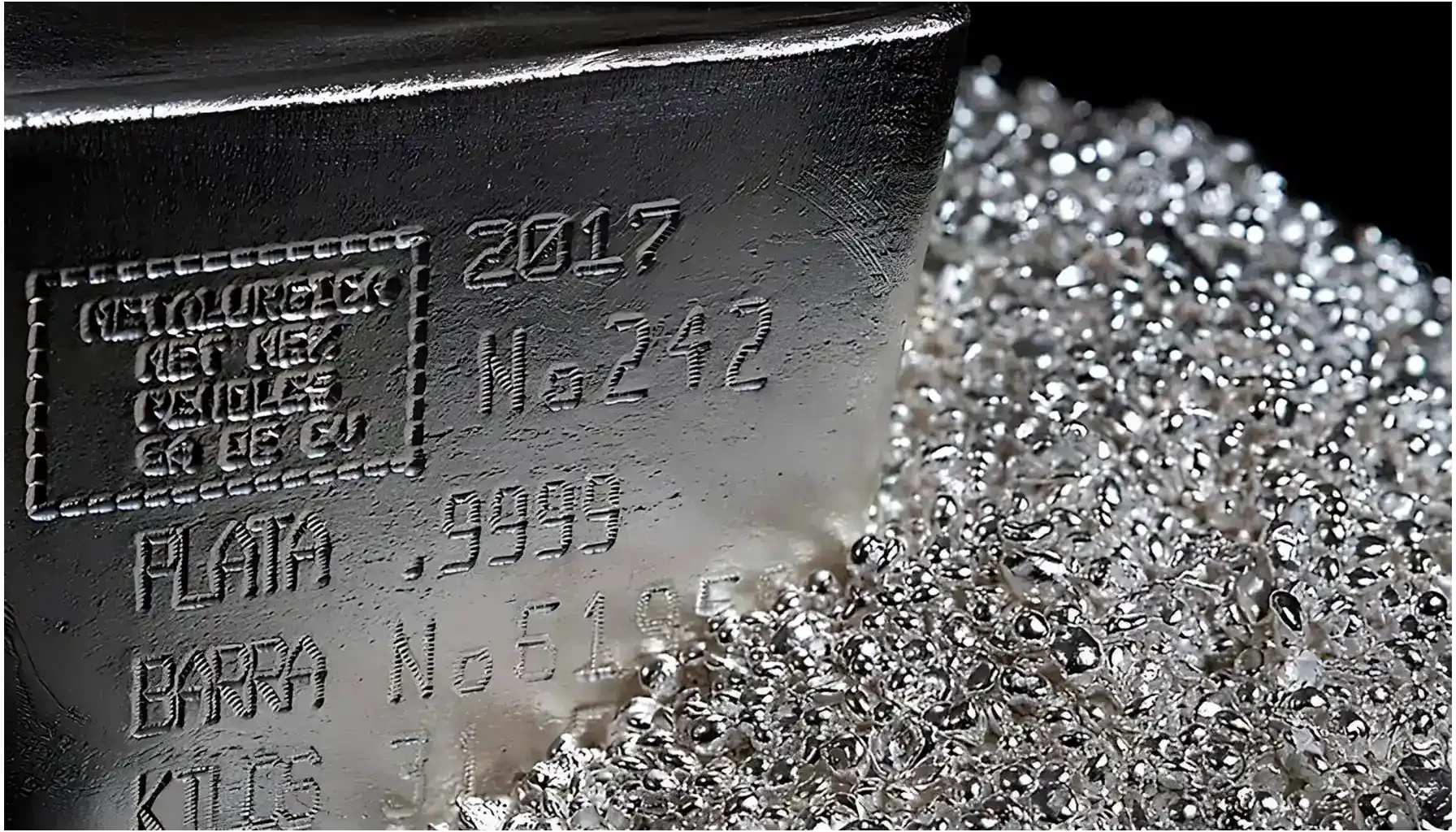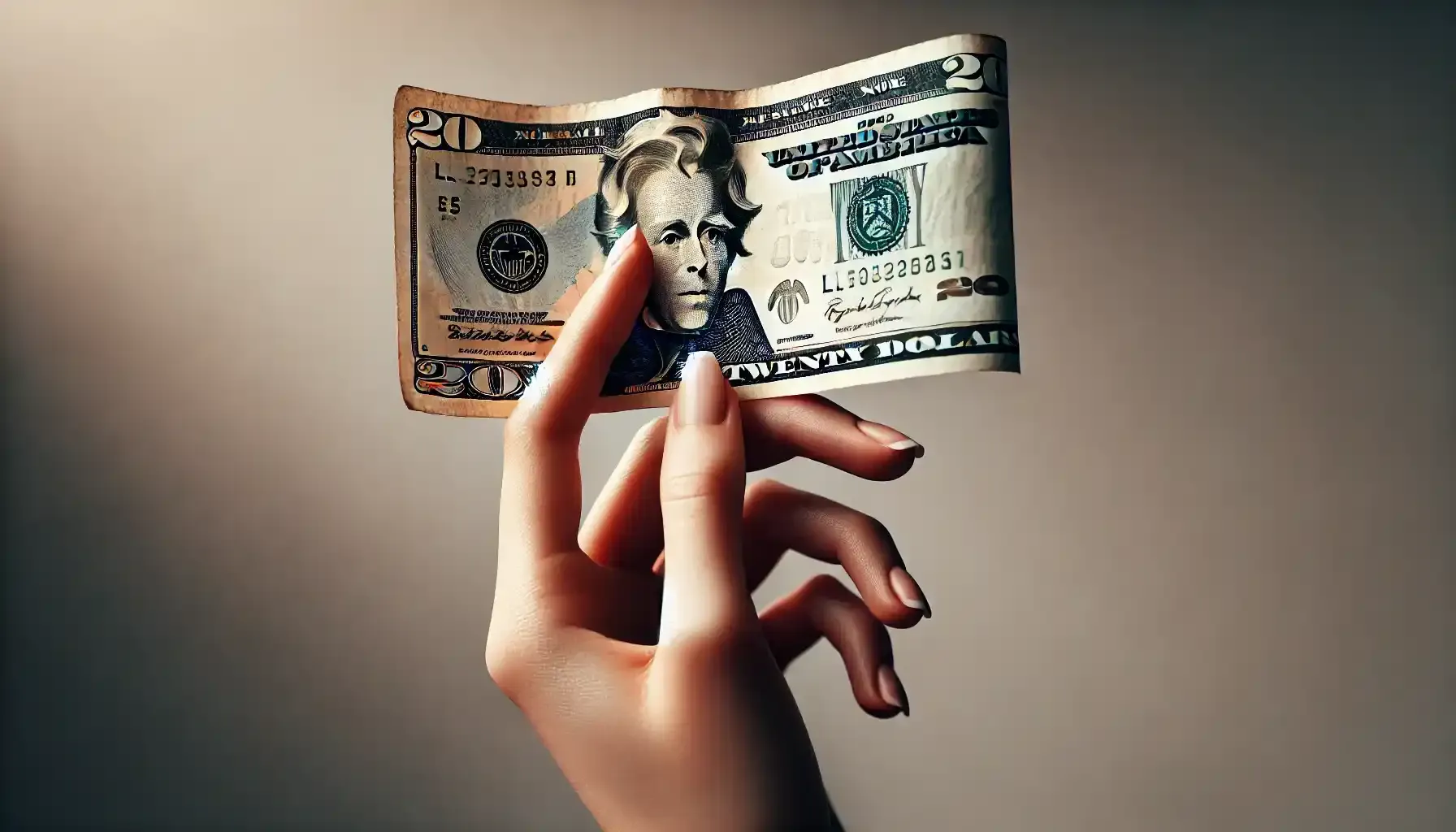Contents:
The story of the SS Central America also known as the “ship with gold” is one of the most legendary stories in the world of shipwrecks and numismatics. In September 1857, SS Central America location was determined by the shores of North Carolina, where the ship was caught in a storm and sank, taking with it the lives of more than 400 passengers and thousands of kilograms of gold.
This SS Central America shipwreck directly influenced the economy and worsened the economic crisis of the time. All that is because the shipwreck was more than just a transport; it carried real wealth in the form of coins and gold bars.
However, after more than 130 years SS Central America coins and gold bars were brought to the ground and got a second chance to exist, but already in the hands of modern researchers and collectors. This discovery was a real numismatic breakthrough and had a huge impact on the coin collecting market.
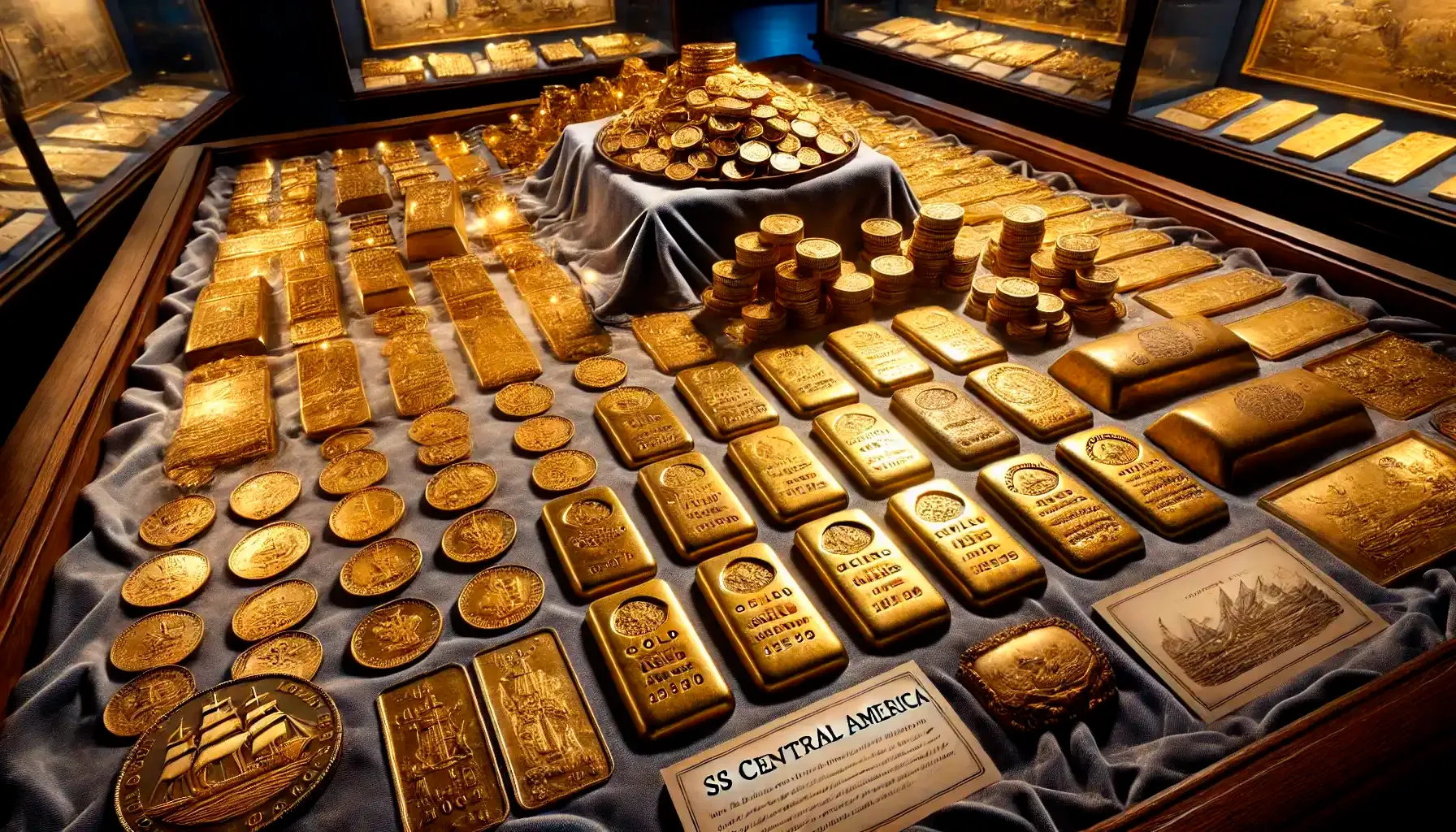
So, here we would like to go deep into the maelstrom of facts surrounding the Central America ship and examine how this sad event turned into one of the most fascinating stories in the history of numismatics. And by the way, how has coin collecting changed since that time and what is new now in identifying coins and their values?
Gold Fever and the S S Central America Mission
In the mid-nineteenth century, California was in the midst of a gold rush. Thousands of people traveled westward in search of riches, and the mined gold was sent eastward to fill the reserves of banks and people.
The Central America ship was hit and sank by the powerful hurricane when it was carrying a cargo of gold and coins from Panama to New York. The USS Central America coins and gold bars, weighing more than 14 tons in total, disappeared into the abyss of the sea along with the men and the ship. At the time of the disaster, the riches on board were valued at $2,000,000 (today they would be equivalent to about $300,000,000).
The first successful expedition to recover gold from the SS Central America took place in 1988. It was one of the most ambitious underwater expeditions in history. A team of explorers led by Tommy Thompson found the wreckage of the ship along with sunken valuables at a depth of about 2200 meters. This discovery revealed to the world incredible riches, unveiling more than 7000 coins, where the main “prize” was SS Central America gold coins of the XIX century.

USS Central America Gold Coins - Goldmine for Numismatists
The ship carried on board not only gold, but also the rarest coins of the time. These were mostly gold coins minted at the San Francisco mints, which played a huge role in the economy of the California gold rush. However, due to the crash, many of these coins remained at the bottom of the ocean - until an expedition was launched to find and recover them.
Thousands of coins, bars, gold dust and even personal treasures of the passengers have been found at the bottom of the ocean. In the table below you may take a look at the most significant finds and coins.
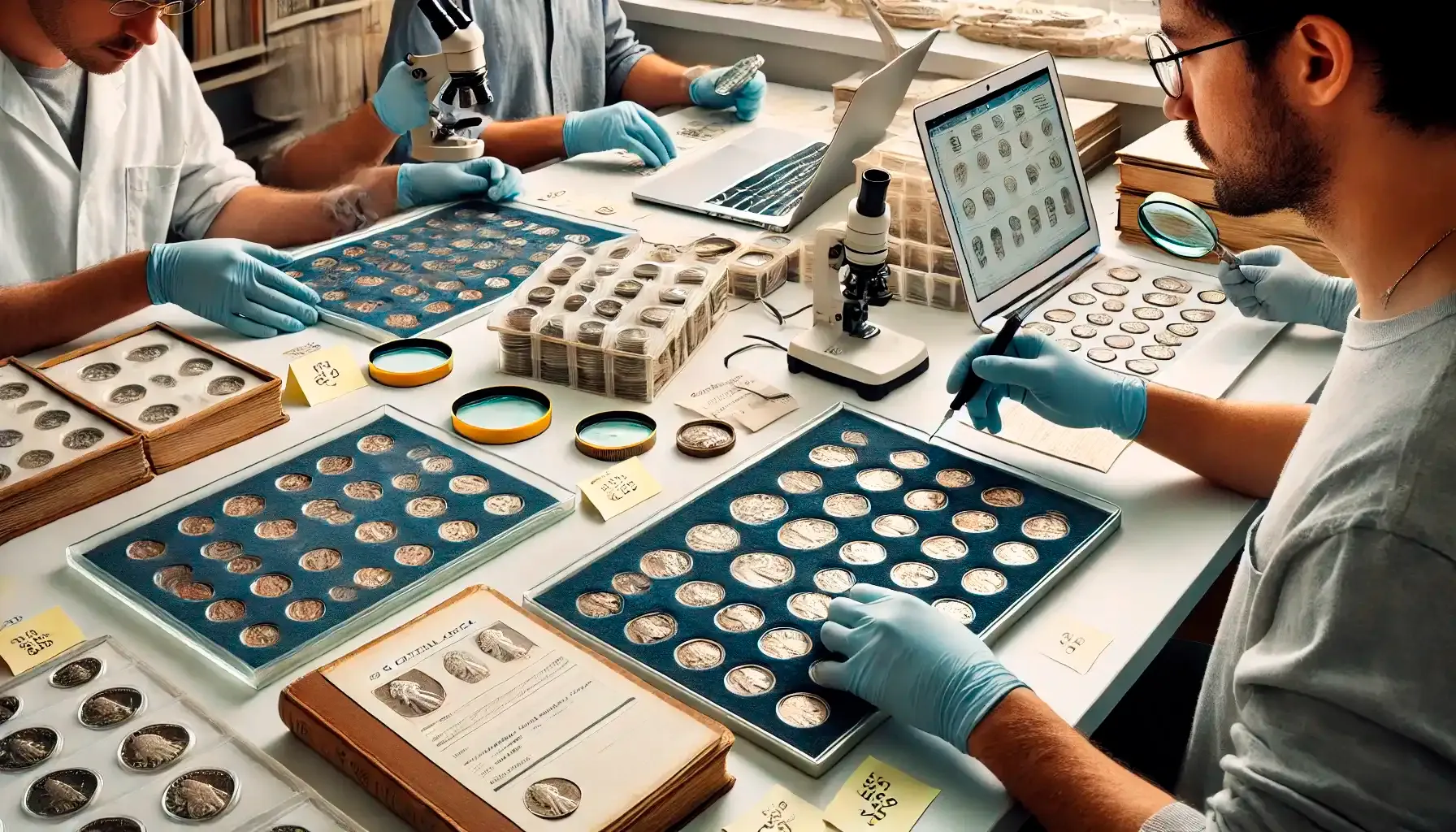
Finding | Description | Estimated Value (USD) | Peculiarities |
$20 Double Eagle 1857 | Rare gold coin. Most of these coins were minted in 1857 at the San Francisco Mint. This mint played a key role in the circulation of gold during the Gold Rush in California. | $300,000 - $1,000,000+ | One of the rarest coins, with almost perfect condition, has a high historical value |
Gold Bars of Kellogg & Co. | Private mint bars, weighing up to 40 kg | $500,000 - $3,000,000 | Unique stamps that can only be found on bars produced during the Gold Rush era. Rare specimens. |
$10 Eagle 1856 | San Francisco's rare coins | $150,000 - $600,000 | Minted at the San Francisco Mint, excellent preservation (often coins with minimal signs of wear, graded MS60+) |
Private companies’ gold coins | Coins from Kellogg & Co.; Moffat & Co.; Blake & Co.; Wass Molitor & Co.; Justh & Hunter and other private mints that operated amid the California Gold Rush. | $200,000 - $800,000 | Extreme rarity, historical uniqueness |
Gold dust | Raw materials found on board | The evaluation is individualized (depends on the case) | Connected to the history of gold transportation |
Interestingly, the coins and gold are perfectly preserved. The unique conditions on the ocean floor contributed to the coins being kept in excellent condition. The salts, minerals and low temperature significantly slowed down corrosion processes, so many coins have a grade above MS60, which greatly increases the value of USS Central America coins for sale, just like the Thomas Jefferson one dollar coin 1801 to 1809 value.

The Impact of Lost and Found Collectibles on Numismatics
It is clear to every numismatist who ever heard about the tragedy and the valuables recovered from the bottom that SS Central America gold and coins changed the perception of the value of numismatic pieces.
The coins found on board of the ship can be considered real “time capsules”, which provide many opportunities for collectors and investors: to consider and further study the economic and cultural component of the gold rush of the XIX century; to get a tragic symbol of the disaster; or simply to invest their money, because valuable finds literally cost a fortune.
Why are these findings so special?
The coins' exceptional condition: Unlike most coins of the time, the coins found on the bottom were in unusually good quality due to the specific ocean floor storage conditions.
Limited mintage: Despite the large number of coins found, each coin is still rare, which increases their demand in the market.
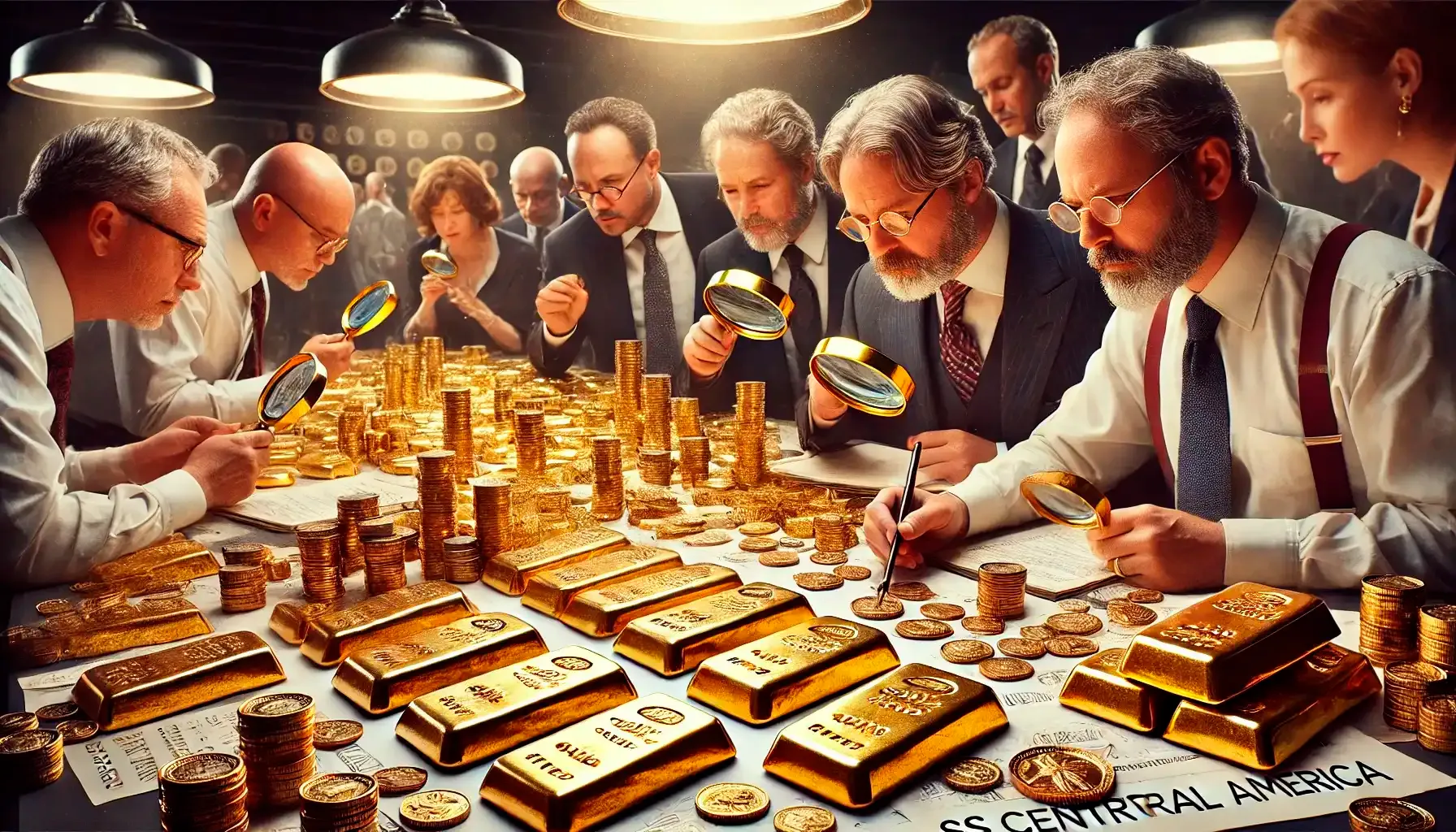
Historical significance: Coins and gold history is linked to one of the most famous maritime tragedies of the nineteenth century. In addition, the found pieces are evidence of the Gold Rush and the transportation of great wealth from West to East in the XIX century. One of the interesting facts is that each coin bears the mark of the era, whether it be the stamps associated with the California Gold Rush or the unusual shapes of private coins used before the government took control of the gold minting process.
Collector's value: Found specimens became real values in the collections of numismatists, often going for hundreds of thousands of dollars at auctions. For example, one of the $20 Double Eagle coins sold for more than $7 million, a huge sum even by today's standards.
SS Central America Auction: Where to Find the Rarest Collectibles
The discovery of the SS Central America treasures was a watershed moment for numismatics. Collectors gained access to the rarest gold coins and bars, many of which were in near perfect condition. This had a huge impact on the auction markets and the overall value of old American coins.
If you are wondering who is putting up USS Central America gold coins for sale, you should know that finding such a coin today is not an easy task. Most of the coins recovered from the depths ended up in private collections, but some of them are on display in museums like the Smithsonian Institution and the California State Museum.

However, shipwreck coins can sometimes be found at major auctions, e.g., Heritage Auctions, Stacks Bowers and Sotheby's where they are offered for sale with high starting prices. They can also be purchased through specialized numismatic companies like PCGS and NGC, which certify and guarantee the coins' authenticity.
From the Depths of History into the Hands of Collectors
Collectibles raised from the ocean floor are literally priceless (in both meanings), as these ones “survived” hard economic times and shipwrecks. The history of the SS Central America lives on in these coins, and every collector holding them in their hands comes in contact with a legend preserved in the depths of the ocean for nearly two centuries. So, it is not surprising that these historical coins are a dream for collectors and a real scientific sensation for collectors and numismatists all over the world.
If you want to learn more about similar coins or identify and even evaluate your own numismatic treasures, use the Coin ID Scanner. Due to this handy coin analyzer app, you will be able to quickly and accurately identify and value coins, which is especially important when it comes to such rare pieces, that may be as significant as the values of a sunken ship.

